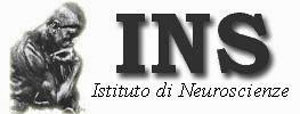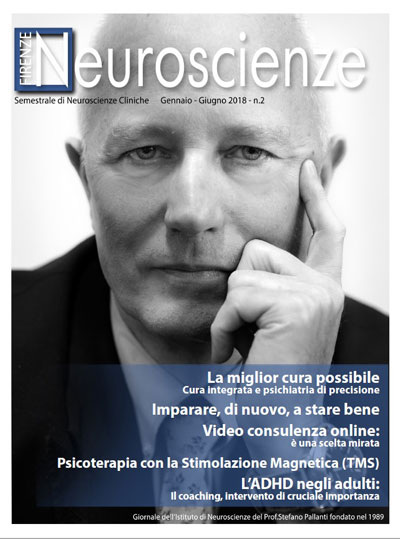Neuromodulation Therapies
- Techniques of Neuromodulation used
- How do Neuromodulation therapies work?
- Treatment Areas
- What is repetitive TRANSCRANIAL MAGNETIC STIMULATION (rTMS)?
- What is TRANSCRANIAL DIRECT CURRENT STIMULATION (tDCS)?
- What is LIGHT THERAPY?
- What is PULSATING ELECTROSTATIC FIELD (PESF)?
TECHNIQUES OF NEUROMODULATION USED
- Transcranial Magnetic Stimulation (rTMS)?
- Transcranial Direct Current Stimulation (tDCS)
- Light Therapy
- Pulsating Electrostatic Field (PESF)
These different methods can be used in combination with other neuromodulation therapies or those associated to other psychological or medical therapies
HOW DO NEUROMODULATION THERAPIES WORK?
All of these techniques base their shown efficiency on published evidence in all the major scientific journals and are at the cutting edge of a new mode to treat Depression, and not only, in light of the NEUROPLASTIC hypothesis:
According to this hypothesis, most disease of the nervous system are a result of an imbalance between stress-inducing agents, (which aggravate some structures at the core of individual vulnerability which is based on genetic predisposition), and NEUROPLASTIC factors, (or rather the capacity of the Central Nervous System to produce new cells and new connections.). Physical, magnetic, light, and electrostatic stimulation would ease just by stimulating the implied structures in the NEUROGENESIS.
Neuromodulation techniques have been designed in order to stimulate the neurogenesis.
Neuromodulation therapies, moreover, represent an advantageous alternative to medical treatments. Stimulation is established by a simple device able to transmit a low-intensity, continuous current applied to the scalp through two electrodes for a few minutes, without pain or annoyance to the patient, a good percentage in favor of symptom improvement.
TREATMENT AREAS
In psychiatry:
- Depression resistant to drug treatments
- Diabetes
- Postpartum depression
- Obesity
- Depression associated with metabolic disorders
- Depression in which drug treatments should be avoided (hepatica insufficiency, kidney deficiencies, etc)
- Seasonal Depression
- Autism
- Psychosis
- Negative symptoms
- Auditory Hallucinations
- Obsessive-Compulsive Disorder
In Neurology:
- Cognitive Rehabilitation
- Rehabilitation post stroke o cranial trauma
- Pain, including headaches
- Parkinson’s Disease
- Tinnitus
- Insomnia
For body-weight Disorders and Nutrition
- Craving/hunger for carbohydrates
WHAT IS repeated TRANSCRANIAL MAGNETIC STIMULATION (rTMS)?
Magnetic stimulation is a method already in use in hospitals and out-patient structures for diagnostic purposes.
Recently, some studies have suggested the efficacy of such a technique for the treatment of some psychological disorders.
For the therapy with rTMS, an instrument called “the stimulator” provides electric energy to a magnetic coil which generates a magnetic field at the cerebral level for a brief period of time.
The magnetic field produced by the coil passes without blockage through the scalp to the brain without any dispersion and in a way relatively painless being able to therefore reach the underlying cerebral structures, in particular the cerebral cortex, and to modify its electric activity in order to improve the symptoms in some disorders such as Depression and Obsessive-Compulsive Disorder.
The coil is placed on the head in such a way as to allow the magnetic field to reach desired the region of the brain. The magnetic stimulation produces a recordable response, which manifests itself with a noise similar to a series of clicks and a sensation like a cutaneous tingling.
WHAT IS Transcranial Direct Current Stimulation (tDCS)?
It is a brain stimulation modulation technique that is done by laying two conductors on the scalp which delivers a continuous electric current at very low intensity – between 1-2 mA (milli-Amperes) – for a few minutes. The treatment allows, without pain or annoyance to the patient, a good percentage in favor of symptom improvement.
tDCS is a method that is already largely in use in hospitals and out-patient structures for diagnostic purposes and as an instrument of research.
tDCS has a distinct advantage in its simplicity of use, which is non-invasive and painless. Recent studies show its therapeutic potential in the following areas:
- Resistant Depression
- Parkinson’s Disease
- Post stroke rehabilitation
- Pain
- Insomnia
WHAT IS Light Therapy?
Is a treatment based on life, known and used in the northern countries, and in the USA since the 1980s. A white and brilliant light – at 10,000 lux (lux is the unit of measurement of the intensity of luminosity: to have a means of comparison, the light of a summer day sun is 200,000 lux, 15,500 lux for that of a beautiful day in May, and 3,000 lux would be that of evening light), eases by balancing MELATONIN with SERATONIN.
WHAT IS Pulsating Electrostatic Field (PESF)?
It is a method which allows for the stimulation of the basal metabolism taking advantage of the electrostatic activity, which in this way accelerates the metabolism.



